Arson as a(nother) redevelopment strategem
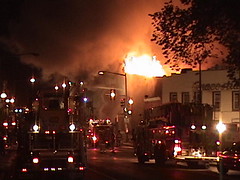
On fire--1909-1913 Martin Luther King, Jr. Blvd., Washington, DC. Fire photos from the "fire department hobbyist" website, www.dcfd.com.
-- Arson can be used to further destabilize neighborhoods. This is described in chilling detail in the book Streets of Hope about the Dudley Street Neighborhood Initiative in Boston.
-- Arson can also be used to get around historic preservation laws.
-- Arson can also be used as a tactic to get one city agency to give another city-supported agency a "problem" from the asset portfolio.
A few nights ago, some disinvested but resolute historic commercial buildings experienced a fire. Shockingly, part of the problem in putting out the fire is the fact that there wasn't water running in the fire hydrants, so that tankers had to be brought over.
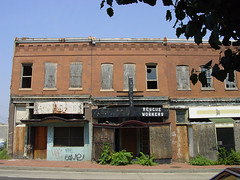
1909-1913 Martin Luther King, Jr. Blvd., Washington, DC, after the fire.
These buildings are owned by the District Government, and are in DHCD's real property portfolio. The Anacostia Economic Development Corporation has an Exclusive Rights Agreement to purchase the properties, and has submitted plans to DHCD that indicate the buildings would be incorporated into a larger redevelopment of the surrounding half-block, which has been purchased by Douglas Development. The structures are designated as "contributing" to the Anacostia Historic District, which has been identified by DC Preservation League as "threatened".
Every possible attempt be made to stabilize the remaining portions of the buildings so that they can be incorporated into the planned new development. (Mayor Joe Riley of Charleston tells a great story of rather than acceding to the Fire Department's request to demolish a historic but burned building--they stabilized the building and closed the street--and restored the building.)
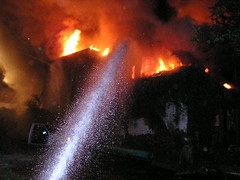
On H Street NE, four of the oldest buildings on the H Street corridor (constructed in the mid-1870s) were demolished by the local community development corporation in favor of a new building. Among other neglectful acts, these buildings did experience "fire of unknown origin."
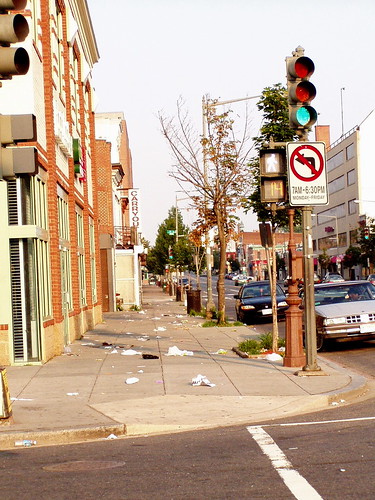
New building constructed in the place of Beuchert's Tavern and three other buildings at 721-727 H Street NE. Photo by Elise Bernard.
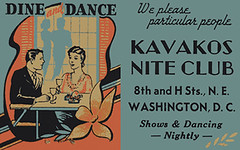
For decades, the corner building was the location of Club Kavakos, later the Co-Co Club, a live music establishment on the H Street corridor. Of course, this business closed after the riots. Matchbook cover scan by Peter Sefton.
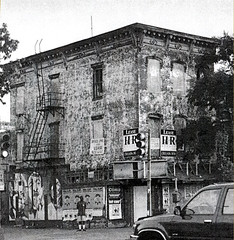
Beuchert Tavern, 727 H Street NE, pre-demolition, under the stewardship of the H Street CDC.
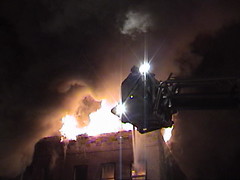
_____________
Also see my blog entry from earlier in the month: "More office buildings 'won't' save Anacostia."
Labels: urban revitalization



0 Comments:
Post a Comment
<< Home